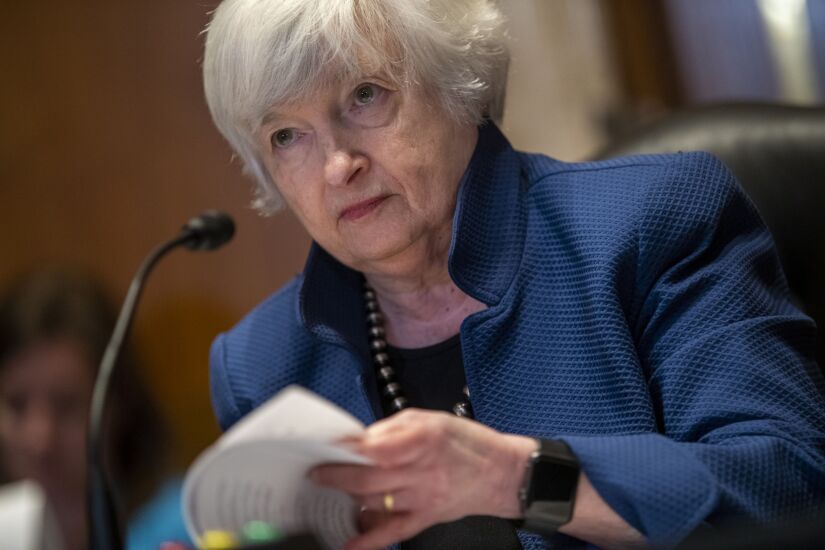WASHINGTON — The tremendous growth in stablecoin issuers such as Tether and Circle's USD Coin has drawn the attention of virtually every U.S. financial regulator as well as the Biden administration, raising the likelihood that the emerging sector will eventually fall subject to federal rules and enforcement.
What approach regulators ultimately take is far from certain, but officials and outside observers have floated a number of possible scenarios, from regulating stablecoins like bank deposits to treating them more like a security. Meanwhile, the Federal Reserve is weighing a separate policy — whether to issue its own digital currency — that could shake up the competitive landscape for stablecoins.
Most policymakers agree that the ecosystem of stablecoins — a type of cryptocurrency that generally pegs itself to other forms of fiat money to maintain a set value — is not quite large or significant enough yet to constitute an immediate threat to financial stability.
In July, senior officials from the Treasury Department, Fed, Securities and Exchange Commission, Commodity Futures Trading Commission, Federal Deposit Insurance Corp. and Office of the Comptroller of the Currency
A debate is emerging among economists, lawyers, academics and fintech advocates on what is the appropriate government response. While some have called on the SEC to treat stablecoins broadly as an investment vehicle, cryptocurrency advocates fear that bank-caliber regulation could squash the sector’s innovative potential before it can develop.
Here are five potential scenarios for regulatory policy — none of them mutually exclusive — that would have a direct or indirect impact on stablecoins.










